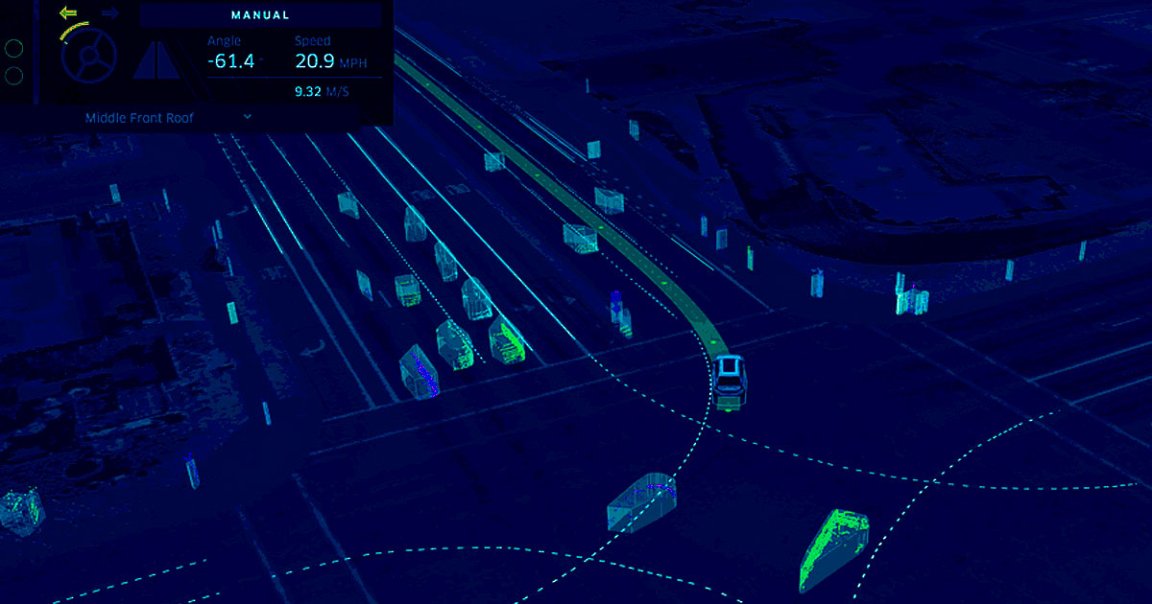
Unprepared Uber
In March 2018, a self-driving Uber vehicle in Tempe, Arizona, struck and killed a woman named Elaine Herzberg as she walked her bicycle across a street outside of a designated crosswalk.
On Tuesday, the National Transportation Safety Board released hundreds of pages of documents related to its investigation into the crash — and according to those documents, the Uber’s software didn’t even know people could exist outside of crosswalks, let alone what it should if it encountered a jaywalker.
Wasting Time
The self-driving Uber noticed Herzberg about 5.6 seconds before impact, according to the NTSB’s investigation.
But because it didn’t expect to see a person in the middle of the road outside of crosswalks, it first classified her as “vehicle.” It then changed that classification several times before finally settling on “bicycle” — and realizing that a collision was imminent — just 1.2 seconds before impact.
One Second
At that point, the vehicle could’ve slammed on its brakes — but it didn’t do that until just .2 seconds before impact.
According to the NTSB, that was due to a built-in one-second delay between when the car detects a potential crash and when it does something to avoid it.
The goal of the delay is to avoid false positives, but in the case of Herzberg, that extra second might have been enough time for the self-driving Uber — or the safety driver behind its wheel — to take action to prevent her death.
READ MORE: Uber’s Self-Driving Car Didn’t Know Pedestrians Could Jaywalk [Wired]
More on the crash: Uber’s Self-Driving Car Just Killed a Pedestrian